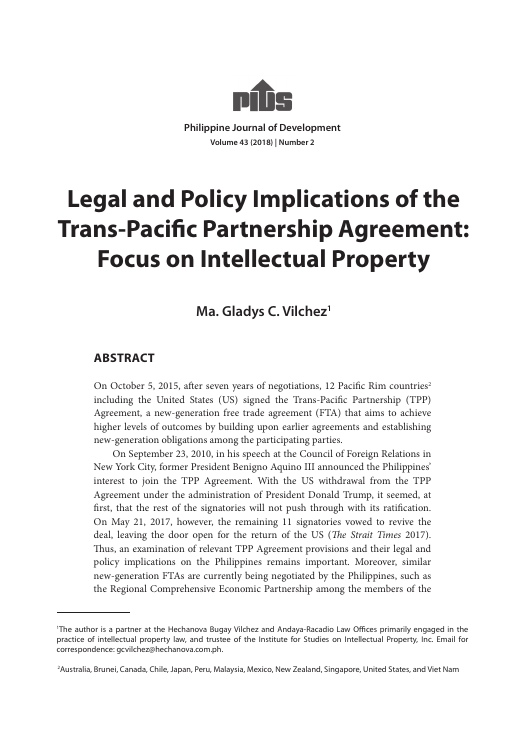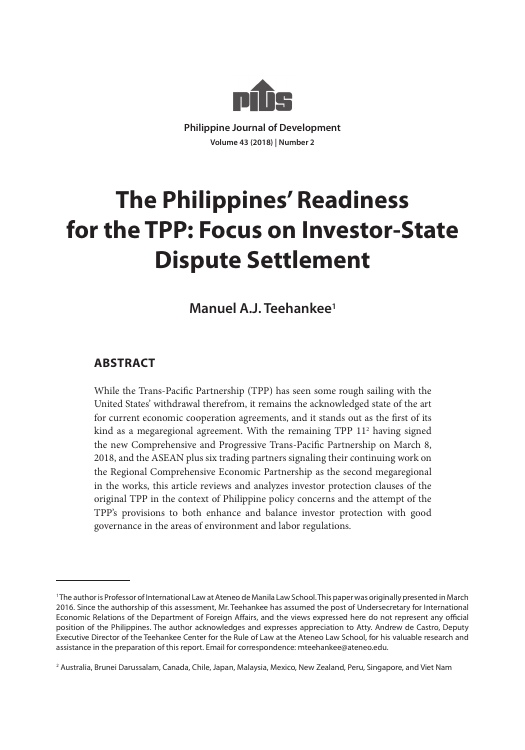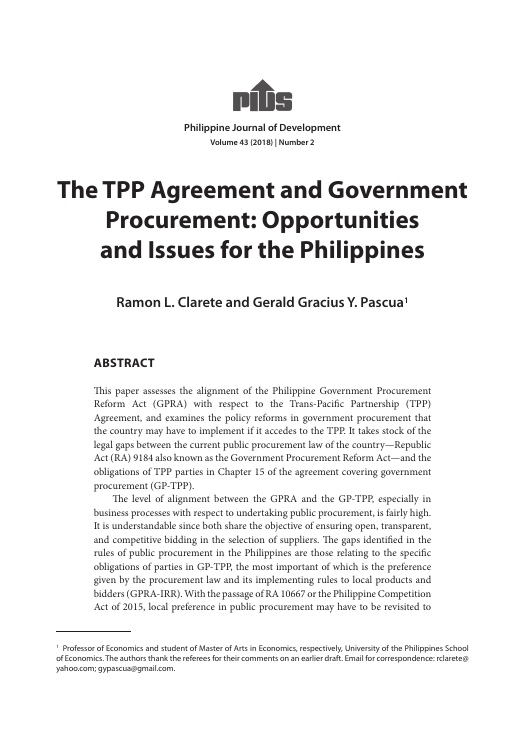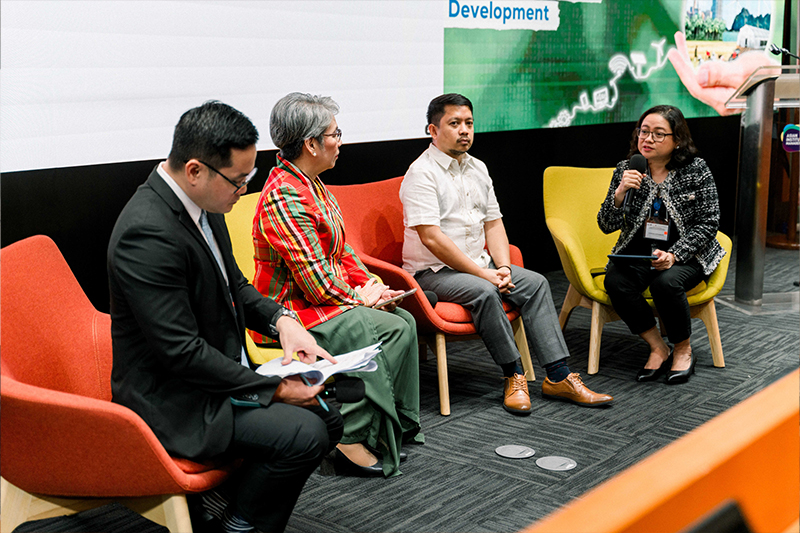The Philippines stands to benefit if it joins the Trans-Pacific Partnership (TPP), a Cabinet official said following the formal signing of a trade deal by 12 member-nations.
“I remain strongly in favor of Philippine membership to the TPP,” Finance Secretary Cesar Purisima said in a statement.
The TPP deal was signed in Auckland last Thursday by the United States, Japan, Malaysia, Vietnam, Singapore, Brunei, Australia, New Zealand, Canada, Mexico, Chile and Peru.
The Philippines had initially held off from seeking membership, noting stringent non-trade requirements, but has since expressed interest in finally seeking membership.
Purisima noted that an April 2014 Philippine Institute of Development Studies paper noted the value of Philippine exports would rise if the country joined the TPP.
He also cited a 2012 Peter G. Peterson Institute for International Economics study that projected the Philippines as becoming the fourth largest beneficiary in terms of economic growth—an estimated $22.1 billion gain in 2025 —under a TPP16 scenario.
“This is a future that I very much look forward to,” Purisima said.
“Presently, the Philippines can enjoy a window of opportunity to observe an incubating period as implementation sets in. It is useful to be vigilantly critical as the dust settles around the current members of the pact, in order to better prepare ourselves for entry in the hopefully near future,” he said.
The Finance secretary said the TPP had the potential to be a reliable driver of growth when the global environment turned sluggish.
“The potential to join the trade grouping is a golden opportunity we must work hard not to pass up,” he said.
Inclusion of the entire Association of Southeast Asian Nations (Asean)—of which the Philippines is a member and already represented in the TPP by Vietnam, Malaysia, Singapore and Brunei—will be a boon to the larger grouping, Purisima added.
Buoyed by vibrant demand and demographics, intra-ASEAN trade grew by 17.93 percent in just two years from 2012 to 2014, he noted.
“Asean has built-in links with TPP member nations—a good foundation I am optimistic can further be expanded with TPP membership,” Purisima said, citing for example that the region ranked fifth in total trade with the US.
Asean’s strength cannot be underestimated, he claimed, saying that in 2013—for the first time ever—FDI into Asean’s top five economies was greater than into China.
Taken as a region, the 10-member Asean ranks fourth in world trade, he added.
“Thus, I believe admission of Asean as an entire region into the TPP will come out as a net benefit not only for us, but for those who are already members of TPP,” Purisima said.//
“I remain strongly in favor of Philippine membership to the TPP,” Finance Secretary Cesar Purisima said in a statement.
The TPP deal was signed in Auckland last Thursday by the United States, Japan, Malaysia, Vietnam, Singapore, Brunei, Australia, New Zealand, Canada, Mexico, Chile and Peru.
The Philippines had initially held off from seeking membership, noting stringent non-trade requirements, but has since expressed interest in finally seeking membership.
Purisima noted that an April 2014 Philippine Institute of Development Studies paper noted the value of Philippine exports would rise if the country joined the TPP.
He also cited a 2012 Peter G. Peterson Institute for International Economics study that projected the Philippines as becoming the fourth largest beneficiary in terms of economic growth—an estimated $22.1 billion gain in 2025 —under a TPP16 scenario.
“This is a future that I very much look forward to,” Purisima said.
“Presently, the Philippines can enjoy a window of opportunity to observe an incubating period as implementation sets in. It is useful to be vigilantly critical as the dust settles around the current members of the pact, in order to better prepare ourselves for entry in the hopefully near future,” he said.
The Finance secretary said the TPP had the potential to be a reliable driver of growth when the global environment turned sluggish.
“The potential to join the trade grouping is a golden opportunity we must work hard not to pass up,” he said.
Inclusion of the entire Association of Southeast Asian Nations (Asean)—of which the Philippines is a member and already represented in the TPP by Vietnam, Malaysia, Singapore and Brunei—will be a boon to the larger grouping, Purisima added.
Buoyed by vibrant demand and demographics, intra-ASEAN trade grew by 17.93 percent in just two years from 2012 to 2014, he noted.
“Asean has built-in links with TPP member nations—a good foundation I am optimistic can further be expanded with TPP membership,” Purisima said, citing for example that the region ranked fifth in total trade with the US.
Asean’s strength cannot be underestimated, he claimed, saying that in 2013—for the first time ever—FDI into Asean’s top five economies was greater than into China.
Taken as a region, the 10-member Asean ranks fourth in world trade, he added.
“Thus, I believe admission of Asean as an entire region into the TPP will come out as a net benefit not only for us, but for those who are already members of TPP,” Purisima said.//






